
How to Structure ELA Class
This is, in general, the format of my ELA class as we go through the writing process, but not the format every day (especially when we are preparing to publish a piece). This format really enables students to immerse themselves in the writing process, experience authors and a wide variety of literature, and hone their writing skills.
Format of ELA Class (44 minutes total):
- Bell Ringer (5 minutes)
- Read Aloud (10 minutes)
- Discussion (5-10 minutes)
- Quick Write (4 minutes)
- Writing Time (15-25 minutes on average)
- Share/Reflect (5 minutes)
Bell Ringer
I use a daily bell ringer to get students thinking about and immersing themselves in the ELA standards, particularly the language, grammar, and writing standards. I am super excited for my recent purchase of 6th grade Bell Ringers from @EBAcademics. So far, my students and I are loving them!
Read-Aloud
The purpose of the read-aloud is to motivate and excite, build background knowledge, develop comprehension and vocabulary, and serve as a model for what fluent reading and writing looks and sounds like. Read-alouds are strategically picked for the unit and mini-lesson/skills I want my students to examine and emulate in their own writing. My read-alouds are typically picture books and excerpts from short stories. Some of my favorites include Sideway Stories from Wayside, Thank You, Mr. Falker, and Goldilocks and Just One Bear. I will often use the same book or story for several days as mini-lessons are kept relatively short.
Discussion
Throughout the read aloud, we will frequently stop and discuss for comprehension. At the end of the read aloud, we dive deeper to analyze the author’s style and craft, word usage, text structure, etc. I will pose a question, students will often think-pair-share and then share responses with the whole group. The think-pair-share strategy gives students time to process my question, respond to a partner, and then share responses with the class, building confidence and giving students ideas. During this time, students help me update my ELA anchor chart about the given skill/concept while they simultaneously record on their anchor chart template in their writer’s notebooks. Check out my Middle School ELA Anchor Charts Bundle to see my anchor charts and templates students can fill in.
Quick Write
I typically pose a question and give students three minutes to respond. The question will relate to the story just read and help students to generate ideas for writing time. Then, I give students one minute to share with a partner and encourage students to jot any ideas down that might have been inspired by a peer.
Writing Time
Writing time will start around 10 minutes and eventually increase to anywhere from 25-30 minutes depending on the day. Students are given options about what they can write about. Then, I always begin writing time by writing with my students for the first five minutes. I firmly believe in setting an example and letting students know that I can’t be interrupted during this time. I emphasize that I need complete silence to get my ideas flowing and so do other classmates so writing time is a silent time. Below are the expectations on the board during writing time:
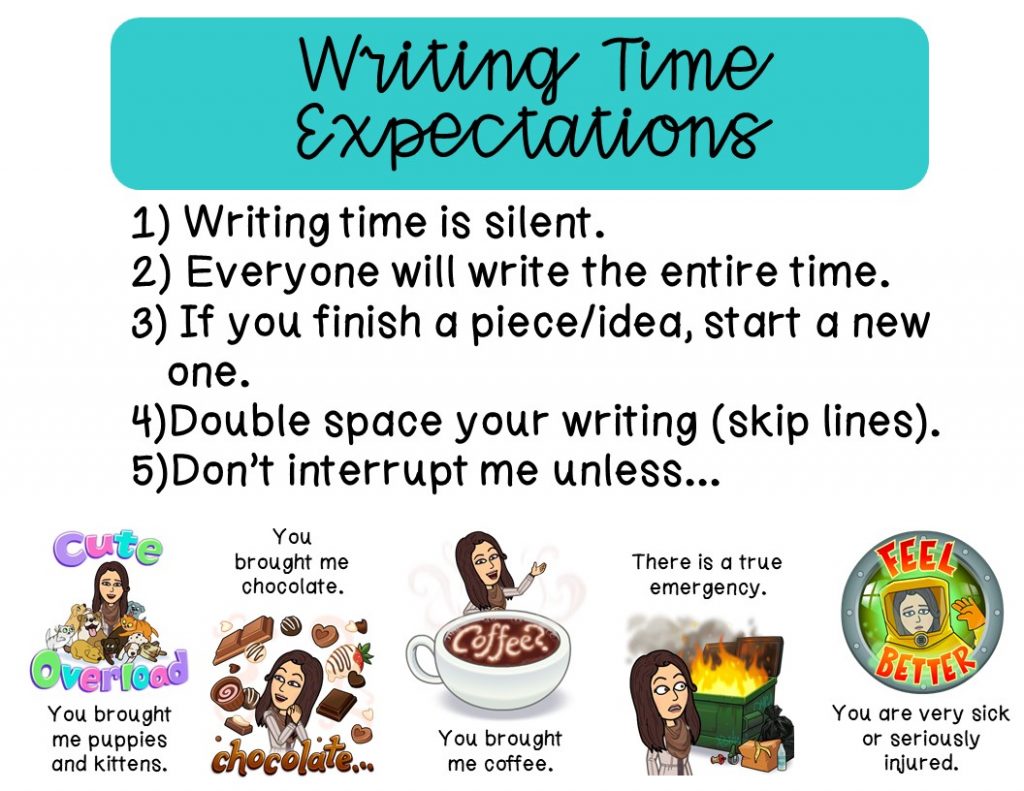
Afterward, I will confer with students and assist as needed using my conferring sheet. Conferencing with every student allows you to give them individualized instruction, informally assess their writing and understanding of writing concepts, and build their confidence by recognizing and complimenting them on what they do well. I make a note on my conferring sheet of teaching points and use this to drive my mini-lessons. I also try to conference with each student at least once a week.
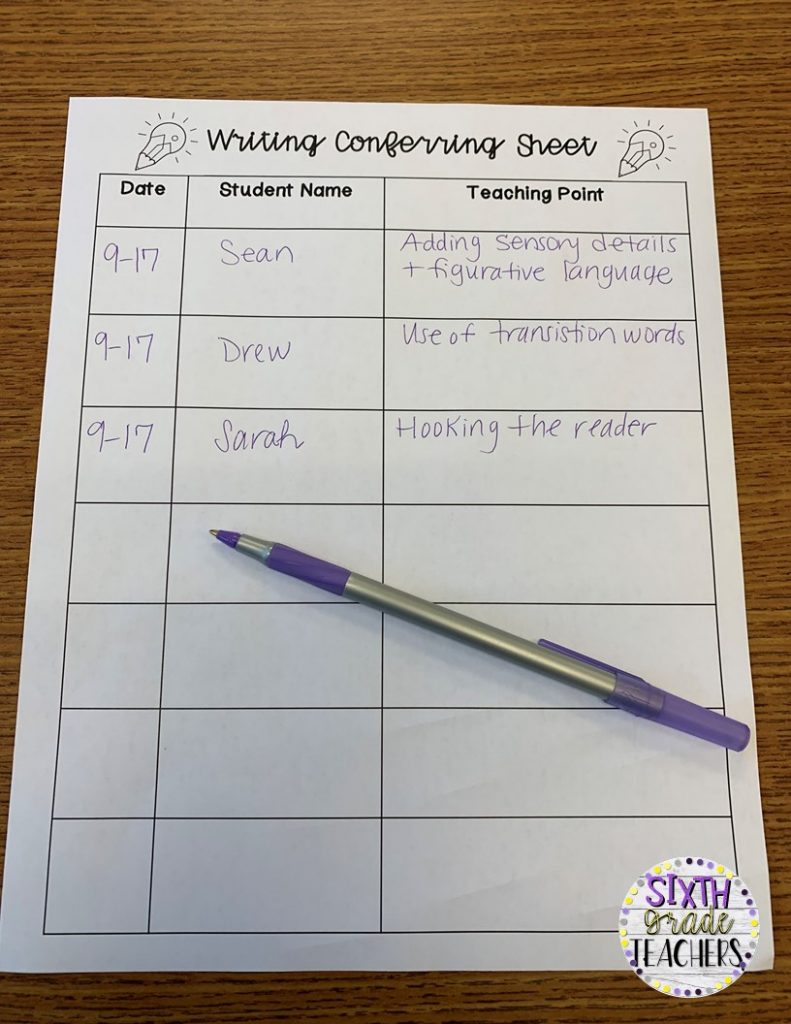
Share/Reflect
The remaining minutes in class are used for students to share their writing. I will often share my writing as well. This exchange is such an important component of establishing a safe and respectful writing community. I spend the first few weeks building a strong writing community, modeling positive interactions, and giving feedback to peers so that all my students feel confident and comfortable sharing in some capacity. Sometimes this is with a partner or a group. Sometimes it is with the whole class. Reflecting on our writing and writing community helps us to grow as writers.
A Typical Lesson
During the second week of school, I typically do this lesson for students to spark ideas and become accustomed to our writing community. One of my favorite read-alouds is Sideway Stories from Wayside School by Louis Sachar. It consists of wacky short stories about different teachers at the Wayside School.
First, we would read a little about Louis Sachar to build background.
Next, we would preview vocabulary.
- Flabbergasted: very, very surprised (p.16)
- One story high: all on one level (p.9)
- Investigate: find out what was happening (p.13)
Then, I would pick a few short stories to read; I personally enjoy Mrs. Gorf and Mrs. Jewels.
Afterward, we would discuss the two stories.
- What’s funny about the way these stories are written?
- What connection do you notice between Louis Sachar’s own life and Sideways Stories from Wayside School? How are they similar and different?
- Why do author’s use humor in their writing?
Next, we will generate ideas using a quick-write. Students write for three minutes then share for one minute.
- When did something strange or unusual happen to you?
After sharing our quick-writes, we segway into writing time. Below are some options I would give students:
- Continue your quick-write.
- Write about another time something strange or unusual happened to you.
- Write about a strange or unusual person you know. What is so strange about him or her?
- Write a sideways story about our school.
Finally, we would conclude by sharing and reflecting.
- Did you write a story that was inspired by your own life today?
Tell us/partner about it.
- What else did you write about? Tell us/partner about it.
- How did you use humor today in your writing?
Final Thoughts
I will be completely honest and say I was a bit skeptical about this type of approach to structuring an ELA class. I thought that giving my students too much freedom in the writing process would hinder their development as writers. However, I could not have been more wrong; my students made tremendous growth and I have found much success with this approach. Feel free to leave a comment with how you structure ELA class or any questions you have for me.
*You can find the Conferring Sheet and Writing Expectations in my Free Resource Library


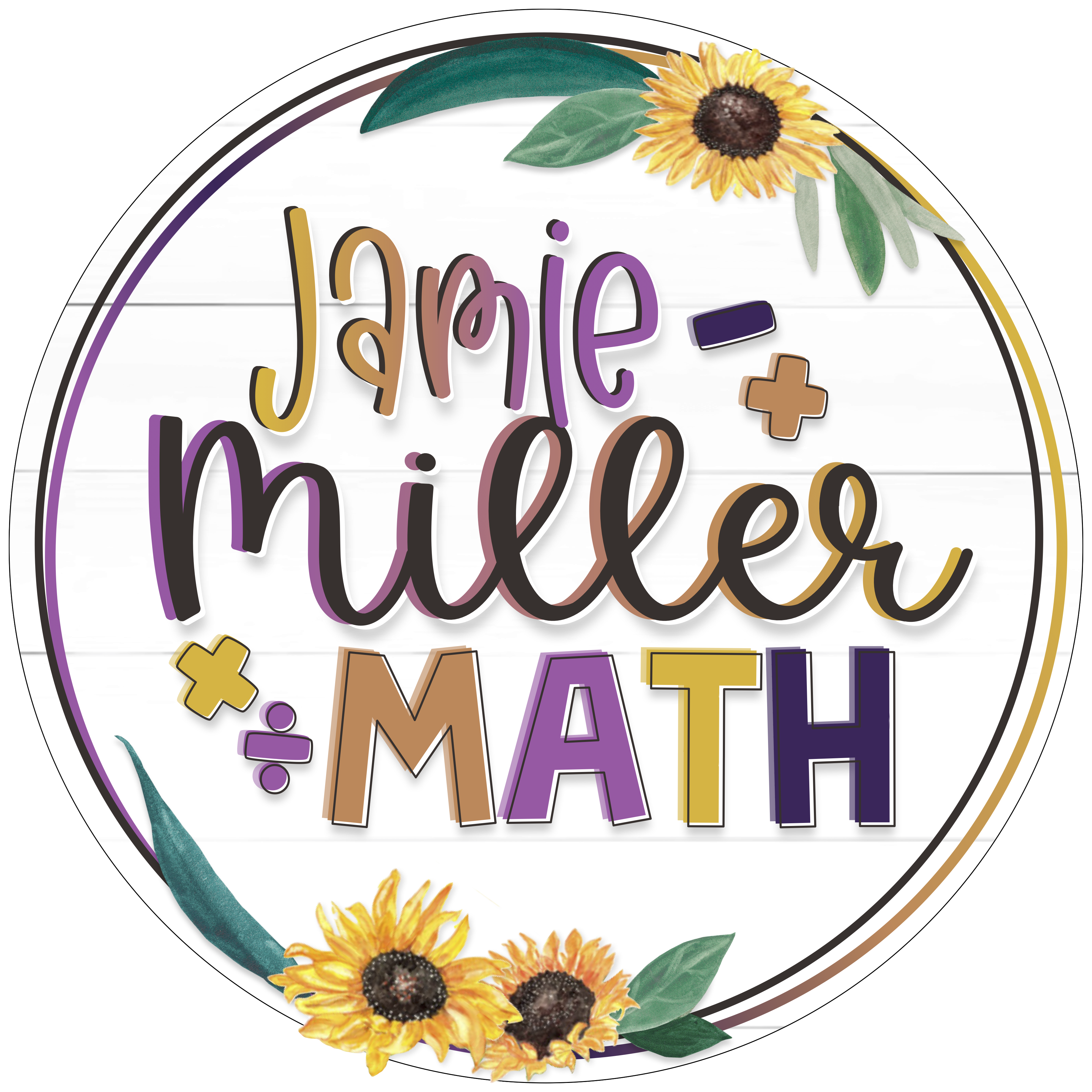
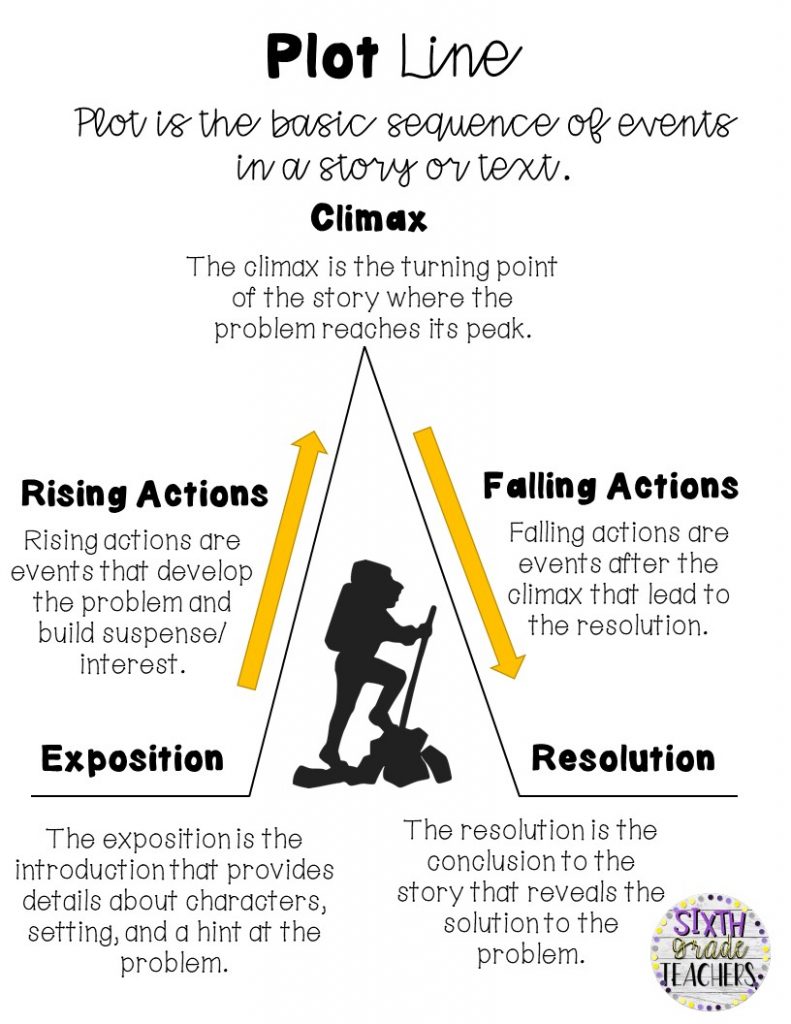
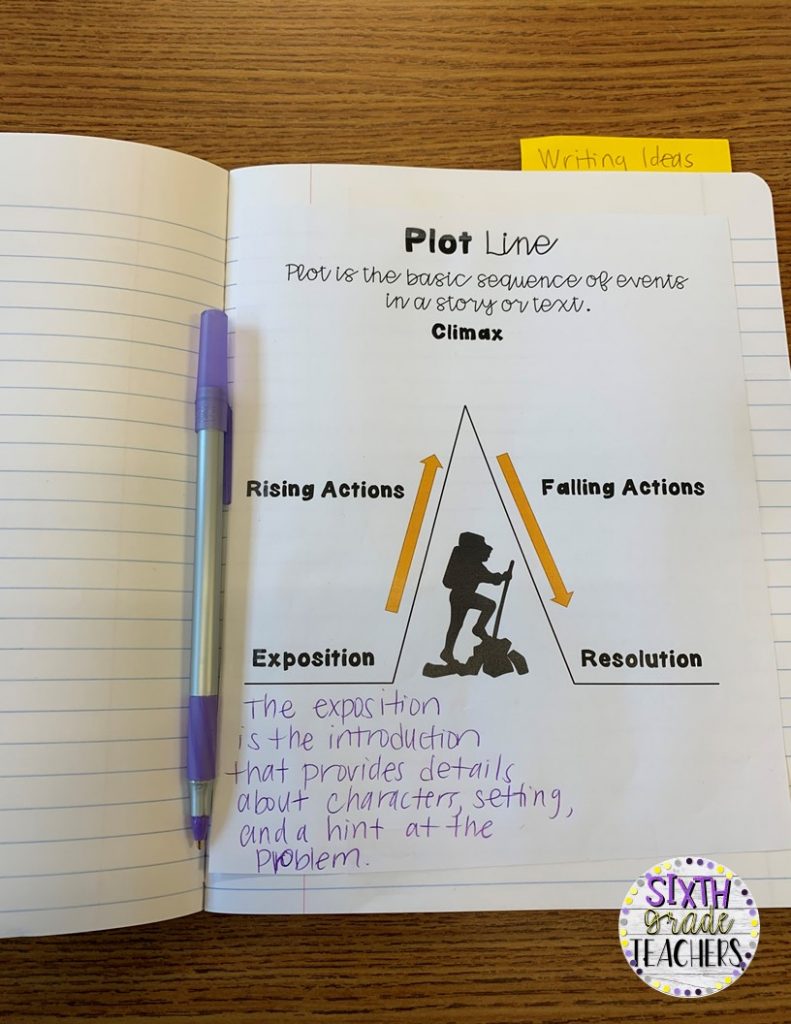
2 Comments
Michelle
How do you have so much fun with ELA when you have to follow the district’s boring curriculum? That’s my issue.
sixthgradeteachers
Hi Michelle! It’s definitely a tough balance. You can still stick to your curriculum and make it fun in the way you deliver it! Part of my ELA curriculum requires a RACE response, which is typically a boring thing for students. I turned it into the Amazing Race and my students were hooked!